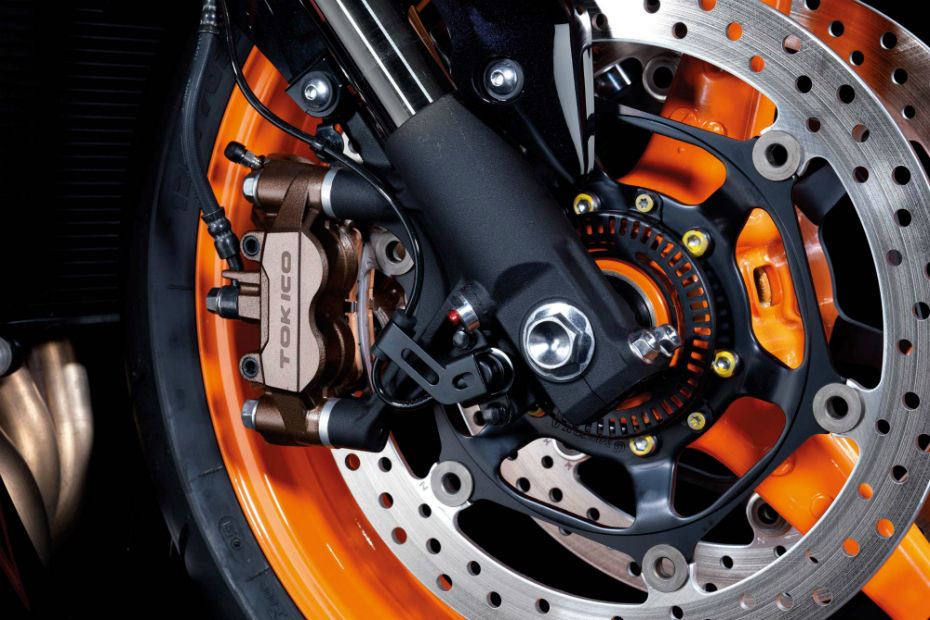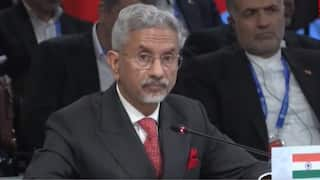Difference between Anti Lock Braking System (ABS) and Combi Brake System (CBS)

With improvements in safety norms every passing year, we have a look at two of the most widely used braking aids on a two-wheeler in India

According to statistics shared by the Ministry of Transport in 2012, approximately 36,000 people lost their lives due to two-wheeler accidents. That amounts to almost 26 per cent of the total road accidents in India. A study conducted by Bosch Mobility Solutions suggests that every third accident involving a two-wheeler can be prevented with the use of ABS.
As per the new regulations laid down by the Ministry of Road Transport and Highways, all two-wheelers launched between 1 April, 2018 to 2019 will have to come equipped with either ABS or CBS, starting immediately. We’ve already seen a couple of companies implement these features on their two-wheelers, and having tested them we give you an in-depth look at their mechanics, advantages and disadvantages.
Anti Lock Braking System (ABS) -

When the tyres on a car lock up, the car skids but you still have a chance to walk away from the mishap unharmed thanks to the cars cage like safe structure. When the wheels on a two-wheeler lock up, its bound to go sideways and chances of you walking away from the accident unharmed seems bleak. On a non-ABS equipped bike, when you press on the brake lever, pressure is sent directly from the master cylinder to the brake caliper, and too much pressure could result in the wheels locking up.

On the contrary, on an ABS equipped bike, pressure is sent from the master cylinder, to the ABS pump, and then to the calipers. Also, an Electronic control unit (ECU) monitors brake pressure as well as front and rear wheel speed using sensors in the fork and swingarm along with slotted rings built into the wheel hub. So how does it work in case of an emergency? Simply put, ABS uses speed sensors on both or just one wheel to determine when the wheel is about to lock up. A series of hydraulic valves then intervene with the rotor and reduce or limit the braking on the wheel which in turn prevents the wheel from locking up. This essentially offers better control and stability over the bike which gives the rider just enough time to react and take evasive measures. ABS helps you avoid unintentional slides and help you stop more effectively even in wet, dry or slippery road conditions.
While ABS systems effectively reduce braking distances, there are instances where an ABS equipped bike might require more braking distance. This is mostly due to external factors like the ABS setting, brake and tyre quality. For example a bad tyre will have the ABS intervene more often making the bike cover more distance to come to a full stop. Moreover, the intrusiveness of ABS could also affect the way you brake, there needs to be a good balance between too much and too less. Hence, there are a lot of old timers out there who prefer bikes or cars without ABS.

Antilock Braking Systems come in two variations - dual-channel and single-channel. Dual-channel ABS are more expensive and are usually seen on big bikes, where ABS works on both wheels simultaneously and prevents locks ups.

Switchable ABS is usually seen on adventure bikes which allows you to turn off the rear ABS function so that the wheel can lock up and slide around in the dirt. A single-channel is basically ABS only available on the front brake. These are available on budget motorcycles like the Apache RTR 200 4V and the Bajaj Pulsar RS200.
Combi Brake System (CBS) -

Combined braking system or ‘CBS’ was pioneered by Honda in the 1970’s. It was implemented on the Honda Activa in the year 2009 and has since been one of the most effective ways of braking for novice riders. It’s a well-known fact that the most effective way of braking is to apply both the front and the rear brake simultaneously. However, this only comes with practice and patience, which most riders do not have. Fortunately, Honda introduced the CBS system which applies brake force at both ends by just pulling on the rear brake lever.

Unlike ABS though, a CBS system won't affect braking distance, it only reduces the rider reaction time. Braking distance mostly rely on good brakes and sticky tyres. As per our tests, the braking distance is longer while using CBS because, the brake force is not equally distributed. In fact, the front brake only operates when the brake lever passes a certain threshold which triggers the delay valve to open up, post which the pressure control valve (PCV) starts to close, reducing the pressure on the rear brake. So, equally distributed brake force may not be entirely true in case of CBS. That said, it still allows novice riders to brake in a reasonably shorter distance than they would on a non CBS bike. Notable, Honda’s CBS system works on both disc/ drum as well as drum/ drum brake setups as compared to ABS which only works with disc brakes.
We hope this answers most of your doubts regarding the two braking systems, and just in case you have any further questions, you can always ask us in the comments section.
This Story has not been edited by ABP News. It has been published through bikedekho.com feed directly.
Related Video
Breaking News: Delivery Crisis Today, Zomato, Swiggy, and Other Platforms Face Worker Strike





































